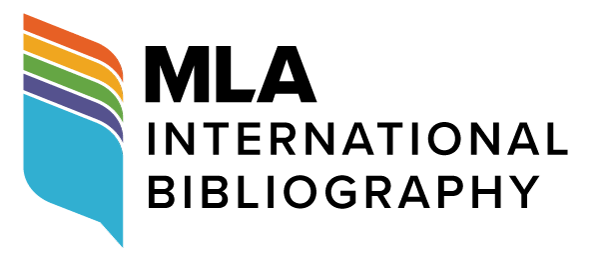Peers of the Digital Realm
DOI:
https://doi.org/10.18485/bells.2016.8.7Keywords:
blended learning, teaching writing, peer feedback, digital literacy, politeness, communicationAbstract
This paper is based on three years of teaching freshmen the basics of argumentative essay writing as part of the coursework for Integrated Skills seminars of Contemporary English language courses at the English Department of the Belgrade University Faculty of Philology. The blended approach to teaching was first suggested as part of this author’s JFDP (Junior Faculty Development Program) innovation project based on the experience gained and courses attended at the University of South Carolina, USA in 2012.
Three generations of around 150 students and a team of two teachers worked on process writing both in the new digital environment (provided by the Moodle platform) and in the traditional classroom, combining peer and teacher feedback, and different mediums of communication. In the course of work, the following issues were raised: the issues of digital literacy (what is the minimum and assumed know-how required of digital natives and how comfortable they actually are in a new digital environment), (digital) politeness (especially student-student communication online – on the Moodle platform, and face to face), and the nature and quality of feedback (teacher and student perceptions, assumptions and expectations of meaningful and effective feedback). Here politeness can be assumed to include the (development of) strategies to communicate successfully while giving feedback.
This paper presents some of the insights gained using a combination of surveys, interviews, classroom observation/discussion over the three years of work, and an analysis of student submissions.
Downloads
References
Downloads
Published
Issue
Section
License

This work is licensed under a Creative Commons Attribution-ShareAlike 4.0 International License.
Authors who publish with this journal agree to the following terms:
- Authors are confirming that they are the authors of the submitting article, which will be published (print and online) in Belgrade English Language and Literature Studies by the Faculty of Philology, University of Belgrade (Faculty of Philology, Studentski trg 3, 11000 Belgrade, Serbia). Author’s name will be evident in the printed article in the journal. All decisions regarding layout and distribution of the work are in hands of the publisher.
- Authors guarantee that the work is their own original creation and does not infringe any statutory or common-law copyright or any proprietary right of any third party. In case of claims by third parties, authors commit their self to defend the interests of the publisher, and shall cover any potential costs.
- Authors retain copyright and grant the journal right of first publication with the work simultaneously licensed under a Creative Commons Attribution-ShareAlike 4.0 International License that allows others to share the work with an acknowledgement of the work's authorship and initial publication in this journal.
- Authors are able to enter into separate, additional contractual arrangements for the non-exclusive distribution of the journal's published version of the work (e.g., post it to an institutional repository or publish it in a book), with an acknowledgement of its initial publication in this journal.
- Authors are permitted and encouraged to post their work online (e.g., in institutional repositories or on their website) prior to and during the submission process, as it can lead to productive exchanges, as well as earlier and greater citation of published work.




